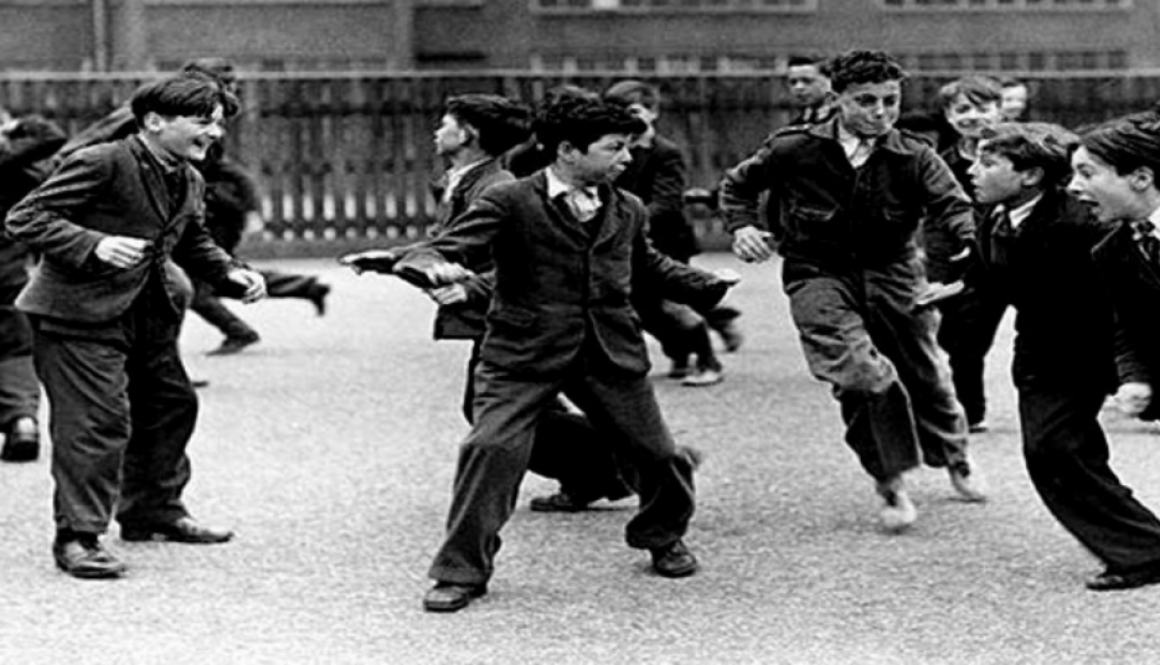The History of Bullrush
The History of Bullrush
DYOR Dave

The historic pastime of Bullrush reigned supreme over primary school PE classes, as every Australian school kid worth their salt was forced to prove their worth on the gauntlet against their most trusted friends. Any child with a half-decent sidestep eagerly awaited their chance to show off, while big boys and manchilds alike relish the opportunity to legally snap their classmates in half. With such a rich history embedded into the folklore of Aussie childhoods, I thought it right to give this sport the proper historical investigation that it deserves.
Playground games such as Bullrush developed in the late 19th century, as children created myths and stories about the black plague that had ravaged previous generations. These stories were translated into games such as the poorly named ‘Black Man, ‘Bogey Man or Black Tom. Similar to bullrush, players attempt to run past the ‘infected’ Man and upon being caught, are then infected with the plague and must join the other ‘Black men’ to try infect the others. The game was often accompanied by a dialogue that was spoken before the start of each round.
Q: Who is afraid of the Black Man?
A: No one!
Q: What will you do when the Black Man comes?
A: Run through like we ought to do!
Racial connotations aside, I would be surprised if the health advice of governments responding to the black plague was to merely “run through like we ought to do.” Nevertheless, the game was popular across the US and UK, despite the worries for the safety of the children, with one onlooker describing it as “a game that stimulated vulgarity, called out roughness and brutality, and allowed too much mauling of one another.”
In the 20th century, the game spread around the world and developed into variations known as British bulldog, Red Rover and of course, Bullrush. In Australia, students around the nation. As the game was brought to Australia, students continued the colonial tradition of beating England at a sport they invented, with teachers noting the differences of fitness and ability between the kids who grew up in the fresh outdoor air of Australia and those who spent their early childhood cramped in the toxic air of the industrial motherland.
The safety of the game has become a point of controversy, with around a quarter of British schools having banned the game by 2011, following several spinal injuries and one death. These days, as schools continue to move towards padded cells, blunt scissors and non-toxic glue, bullrush is losing the supremacy it once held. While children still display the thirst for vicious and violent games, teachers and schools are potentially robbing these kids of a great childhood pastime, not to mention stunting their development into hard-hitting, quick-footed Rugby League footballers. Only time will tell whether this long-held tradition remains in the zeitgeist of primary school playgrounds, or if it fades into obscurity, going the same way as rusty slides, trampoline springs and metal merry-go-rounds.
Fancy yourself as a bit of a writer? Got some unqualified opinion and unwavering bias you’d like to share with the world? Send it through to dyor@hellosport.com.au to be featured on the site

